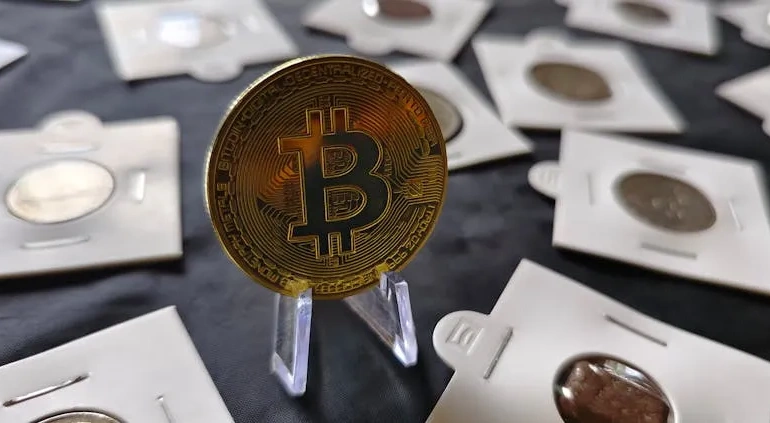
From Panic to Profit: The Solana Break-Even Journey
Buying Solana (SOL) at $148 right before a steep drop below $127 might seem like a costly mistake, but for some investors, it became a masterclass in patience and strategy. This story isn’t about luck—it’s about calculated decisions, market psychology, and the power of conviction in volatile crypto markets.

The Initial Shock: SOL’s Sudden Drop
When Solana plummeted shortly after hitting $148, many investors panicked. The fear of further losses led to rushed sell-offs, but a select group held firm. Their rationale? A combination of technical analysis, faith in Solana’s long-term fundamentals, and disciplined risk management.
The Strategy That Saved Their Investment
Here’s how savvy traders navigated the downturn:
- Dollar-Cost Averaging (DCA): Some investors bought more SOL at lower prices, reducing their average entry point.
- Setting Stop-Losses: Others used strategic stop-loss orders to limit downside risk while staying positioned for a rebound.
- Ignoring Short-Term Noise: Long-term believers focused on Solana’s ecosystem growth, including DeFi and NFT adoption, rather than daily price swings.
The Psychology of Holding Through Volatility
Crypto markets are notorious for emotional trading. The difference between those who capitulated and those who broke even? Emotional discipline. As one investor put it: “Fear sells at the bottom; greed buys at the top. The key is to do neither.”
Lessons for Future Trades
This Solana saga offers key takeaways for crypto investors:
- Have a Plan Before You Buy: Define your exit strategy—whether it’s taking profits or cutting losses—before emotions take over.
- Volatility Is Inevitable: In crypto, 20-30% swings are common. Position sizes should reflect this reality.
- Fundamentals Matter: Projects with strong use cases (like Solana’s high-speed blockchain) often recover from short-term dips.
While not every trade will turn around, this story proves that with the right approach, even seemingly “wrong” entries can become break-even—or profitable—opportunities.



